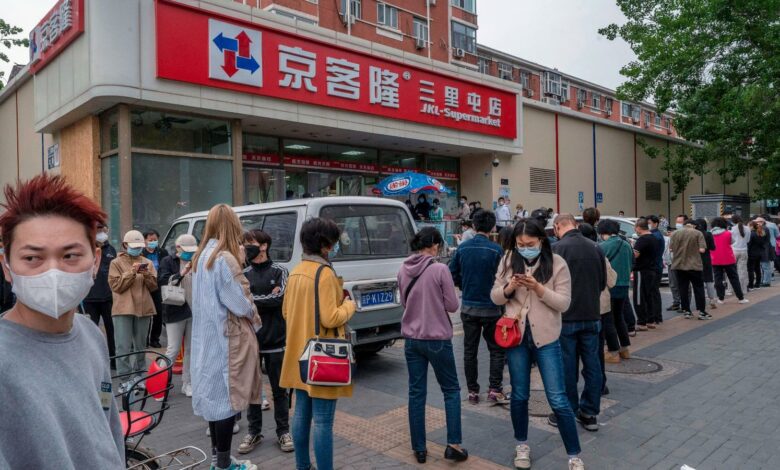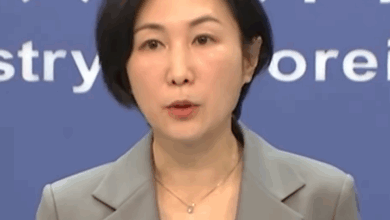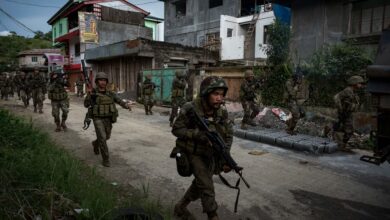
Hong Kong (CNN Business) – China’s cabinet held an emergency meeting with more than 100,000 participants on Wednesday, according to state media, as top leaders urged new measures to stabilize an economy battered by the country’s stringent Covid-19 restrictions.
The unexpected video teleconference by the State Council was attended by officials across provincial, city and council levels, according to a report in the government-owned Global Times. High-ranking Chinese officials were also present, including Premier Li Keqiang, who urged authorities to take action in sustaining jobs and reducing unemployment.
The world’s second-largest economy has suffered across various sectors since a Covid wave spread in March, prompting lockdown measures in many major cities — most notably the financial hub Shanghai, where many have been unable to leave their homes or neighborhoods for a month and a half.
Li said that in some aspects, the economic impact seen in March and April has surpassed that of 2020 during the initial outbreak of the coronavirus, according to Global Times. He pointed to several indicators including unemployment rates, lower industrial production and cargo transportation.
The premier has become increasingly vocal about the economic downturn in recent weeks, calling the situation “complex and grave” earlier in May — but Wednesday’s comments may paint the grimmest picture yet.
Investment banks are slashing their forecasts for China’s economy this year. Earlier this week, UBS lowered its full-year GDP growth forecast to 3%, citing risks from Beijing’s strict zero-Covid policy. China has said it expects growth of around 5.5% this year. The world’s second biggest economy reported growth of 8.1% last year, and 2.3% in 2020, the slowest pace in decades.
33 new economic measures
The teleconference comes after a State Council executive meeting on Monday where authorities unveiled 33 new economic measures, including increasing tax refunds, extending loans to small businesses, and providing emergency loans to the hard-hit aviation industry, according to government-owned news outlet Xinhua.
Several of the 33 policies also ease Covid curbs — such as lifting restrictions on trucks traveling from low-risk areas.
At the Wednesday meeting, Li urged government departments to implement those 33 measures by the end of May. The State Council will send task forces to 12 provinces starting Thursday to oversee the roll-out of these policies, he added, according to Xinhua.
Throughout the pandemic, China has adhered to a strict zero-Covid policy that aims to stamp out all chains of transmission using border controls, mandatory quarantines, mass testing and snap lockdowns.
But this strategy has been challenged by the highly infectious Omicron variant, which surged across the country earlier this year despite authorities racing to lock down districts and inter-provincial borders.
By mid-May, more than 30 cities were under full or partial lockdown, impacting up to 220 million people nationwide, according to CNN’s calculations. For industries ranging from Big Tech to consumer goods, that’s destroying both supply and demand.
Though some of those cities have since opened back up, the impact of that disruption is still being felt, with unemployment surging to the highest level since the initial coronavirus outbreak in early 2020.
Many companies have been forced to suspend operations, including automakers Tesla and Volkswagen. Airbnb is the latest multinational firm to pull out, with the home-sharing company announcing this past week that it would shut down its listings in China.
There isn’t a clear end in sight to the crisis, with authorities still struggling to contain the spread of the virus and top leaders insisting on pushing forward with zero-Covid.
On Monday, the national capital Beijing — which has also seen cases creep up over the last few weeks — saw seven districts put under partial lockdown, affecting nearly 14 million residents. The city’s two largest districts, Chaoyang and Haidian, were included — forcing the closure of all non-essential businesses including shopping malls, gyms and entertainment venues.




